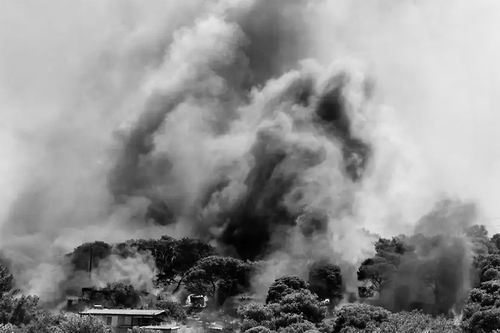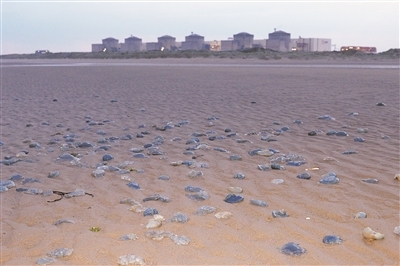
The World Meteorological Organization (WMO) recently reported that the atmospheric carbon dioxide concentration in 2024 recorded the largest increase in history, reaching the highest level on record.
The WMO said the global average concentration of carbon dioxide surged by 3.5 parts per million (ppm) to 423.9 ppm between 2023 and 2024. This was the largest increase since modern measurements began in 1957 and significantly higher than the 2.3 ppm increase between 2022 and 2023.
This marks an accelerating trend in annual increases in carbon dioxide levels – a threefold increase since the 1960s. The last time Earth reached similar levels of carbon dioxide was between 5 and 3 million years ago.

Wildfires in 2024 released large amounts of carbon dioxide. (Image: Alamy Stock Photo)
The WMO said continued fossil fuel emissions, a surge in wildfire emissions, and a decline in carbon uptake by land and oceans were the main drivers of the record surge in carbon emissions in 2024.
Researchers predict that the amount of carbon absorbed by oceans, forests, and other ecosystems will decline in 2024, as the recent El Niño weather pattern has caused global temperatures to rise and triggered high temperatures, fires, and droughts in key regions such as the Amazon, thereby reducing carbon absorption capacity. Scientists pointed out earlier this year that the loss of tropical forests in 2024 was twice that of 2023. Richard Allan of the University of Reading in the UK said: "In an El Niño year like 2024, it is normal for parts of the tropics to become drier and reduce carbon storage."
But there are concerns that the decline in the Earth's carbon absorption capacity (especially on land) is a long-term trend that may mean that climate change will continue to weaken the Earth's ability to absorb excess carbon.
“There are signs that the land carbon sink will be particularly low in 2023 and 2024, even in an El Niño year,” said Zeke Hausfather, a climate scientist at the Breakthrough Institute, a US think tank. “And the trend of decline over time is worrying, especially in the Northern Hemisphere outside the tropics. In short, there are worrying signs that the land carbon sink is declining, but without data from the next few years, it is too early to draw conclusions.”
At the same time, it is more urgent than ever for humanity to curb fossil fuel emissions, said Piers Forster of the University of Leeds in the UK. “The biggest reason why carbon dioxide concentrations continue to rise is that fossil fuel emissions remain at historically high levels and are not declining.”

